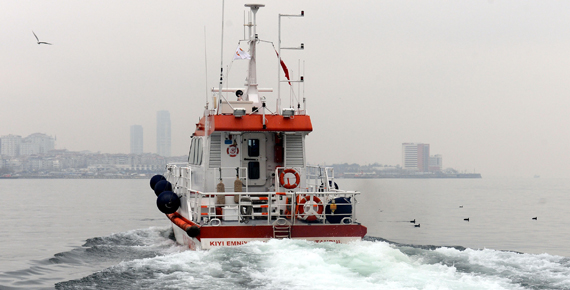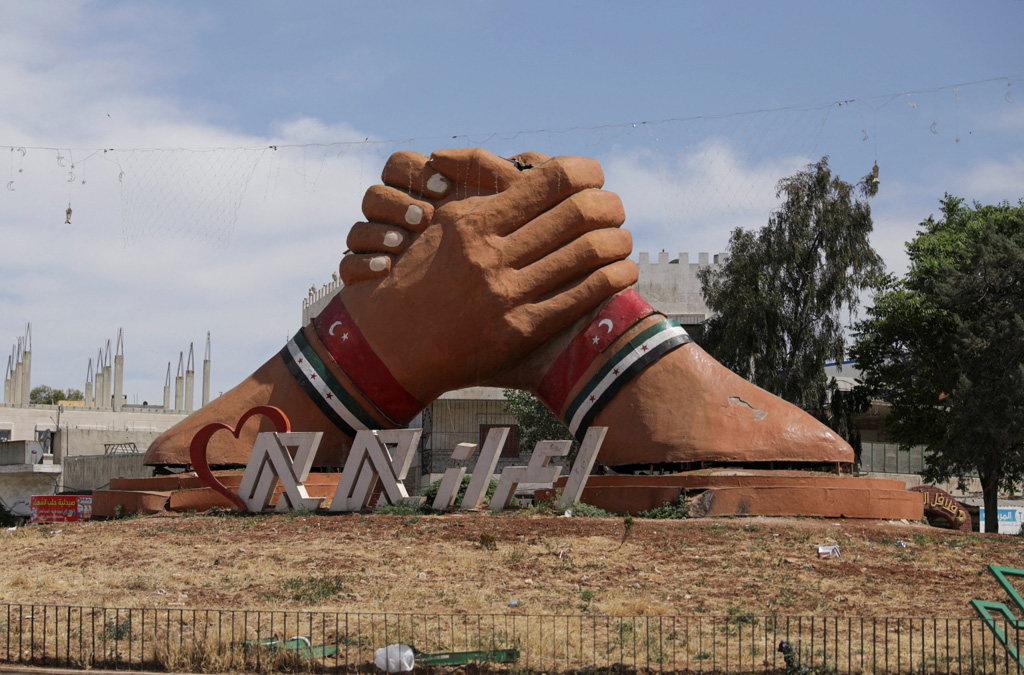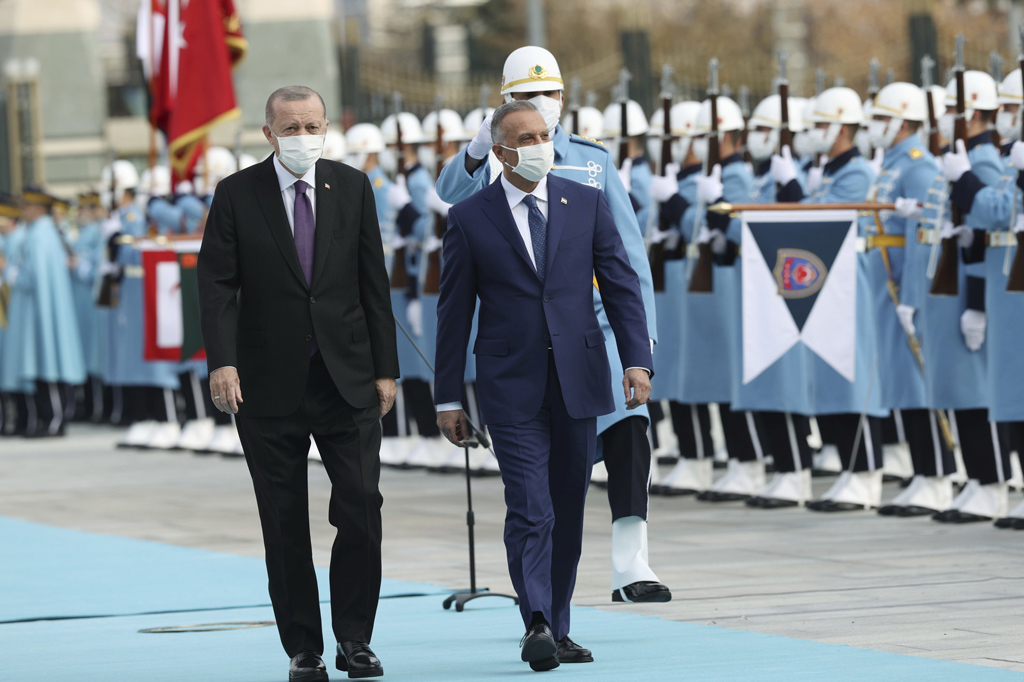The peace process ruling the agenda in Turkey today drives all political movements and social trends into balance. The “Separatist-Pro-Kurdish” and the “Reactionary-Islamist” identities, which were depicted as two main sources of threat in the post-1923 period where the Ottoman Empire transformed into the nation-state, are now settling in the center of the system for a completely different reason and with a completely different look. As the legitimate political ground expands; discourses, ideologies, conflicts and taboos that were once thought indispensible are now being dumped into the junk yard of the history for the sake of a higher aspiration. We can succinctly describe this aspiration as the “Great and Democratic Turkey;” a big umbrella under which the enduring nation will unite in order to have a voice in Anatolia, in the Balkans, in the Middle East and in North Africa…
TWO INNER “THREATS”: ISLAMISTS AND KURDS
The history of Islamists and Kurds, who were considered as part of the inner threat, followed a completely different path in the last century. The Islamists, in line with the slogan “You are a stranger in your own home, a pariah in your land!” regarded the country as their homeland despite all negativities and exclusions; through vigorous efforts they successfully generated social ground movements and riveting political figures. Although all their endeavors hit the grand walls of the system and bounced back every time, the social-political picture at the end of the century was in favor of the pious masses. These masses were not only limited to social and political organizations but also were consisted of well-educated people who were in close contacts with the world. At the arrival of the 1990s, sociological parameters indicated the fact that the system can no longer function as a closed-process in the presence of this mass.
The February 28 (1997) post-modern coup was recorded as the one last sortie, so to speak, by the elites exploiting Kemalism. On the eve of the February 28, however, the pious masses and leaders had held discussions about a discourse transformation. The common denominator of this transformation was democracy. Categorical and partly slogan-like discourse that had been used in the elaboration of the conceptual frame was abandoned although the Islamic substance and content were preserved substantially. The pious mass in harmony with the society’s main body in terms of content suddenly became an effective power at the center as Turkey’s motivation factor and the new elites’ germination field. The point worth paying attention to here is that since the main branch of the Islamic movement had never intended for violence, or gone up to mountains armed up or gone underground for that matter, it was easy for them to adopt a democratic character.
On the other side, Kurds who became introverted in the aftermath of the Sheikh Said revolt – which carried religious concerns as well – had to deal with the trauma of exclusion for long years until the 1980s. During that time, they neither raised leaders as sources of motivation nor did design a social and political frame to express themselves within. What turned this trauma into a breaking-point were the painful experiences, as in the Diyarbakir prison, during and after the September 12, 1980 military coup. When the PKK started terrorist attacks, some Kurds fiercely broke their long silence. However, the PKK stood against the Kemalist center as a Marxist movement, ideologically as much secular as Kemalism. Because of this characteristic, the PKK has never become effective neither among the grassroots nor in terms of its basic claims.
THE WILLPOWER FOR GATHERING AROUND A LEGITIMATE-CENTER
That, the messages coming from the Imrali during the solution process reflect efforts of creating a new conceptual frame in order to settle in the legitimate-center. Öcalan in his message, which was not even close to the Mar







